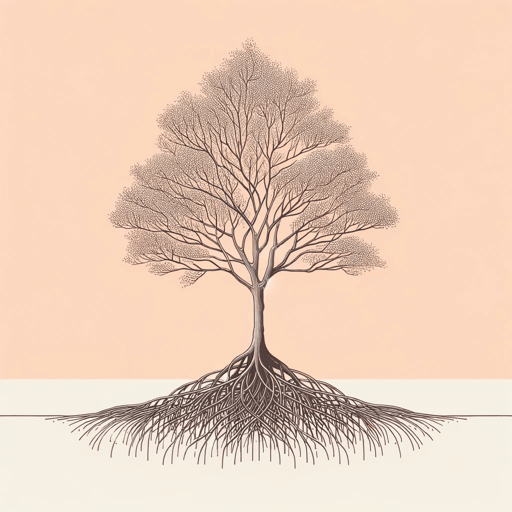46 pages • 1 hour read
Maryse CondéI, Tituba: Black Witch of Salem
Fiction | Novel | Adult | Published in 1992A modern alternative to SparkNotes and CliffsNotes, SuperSummary offers high-quality Study Guides with detailed chapter summaries and analysis of major themes, characters, and more.
Symbols & Motifs
Invisible Spirits
The somewhat comical banter and presence of Tituba’s spirit trio—Mama Yaya, Abena, and Yao—emphasizes the element of parody that the author inserts intentionally. The make-believe element here keeps the reader aware that the tale being told is also telling the tale of its own creation. Culturally, the spirits also represent the divergence between African and American understandings of spirituality.
For Tituba, the spirits are guides and mentors—not evil spirits of the occult. Similarly, magic or witchcraft itself is an art of healing and helping for Tituba, whereas in Puritan ideology such healing or helping are acts of evil, not the miracles of the unknown. Ironically, this tension is what leads the devoutly religious to perpetuate evil and hatred in the name of their God.
Rape and Assault of Women
From the opening line, “Abena, my mother, was raped” (3), the images of sexual assault appear and reappear. Tituba’s mother is hanged for defending herself from a rape attempt. Samuel Proctor’s wife describes sexual encounters with her husband with details that resemble Darnell’s assault of Abena. Samuel Proctor is equally physically abusive with both Tituba and his wife. The Puritan ministers use rape with a sharp stick to demonstrate their power and authority; while violent, the image also suggests their impotence.


